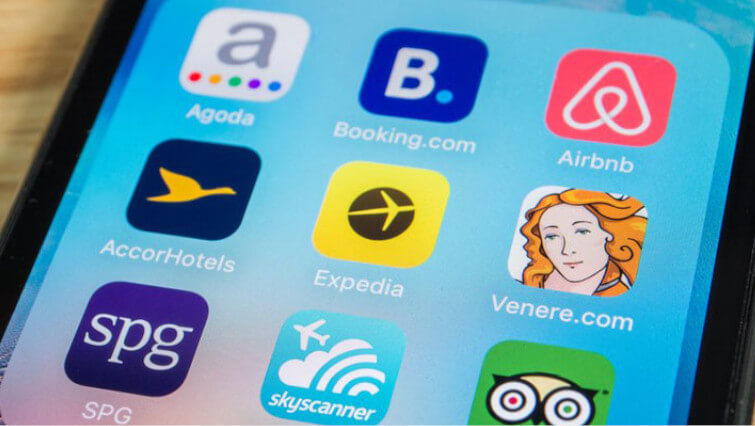
When travel demand shrinks, you need more visibility. The OTAs, no matter how much you love/hate them, are the go-to channel for tapping into that visibility you so much need.
NB: This is an article from DYB (Direct Your Bookings)
Subscribe to our weekly newsletter and stay up to date
The way your hotel ranks on those OTAs can make or break your visibility. But it’s not as simple as having the lowest price or the most reviews.
Despite some difference among channels, here’s how it actually works:
1. Conversion Rate
This is the big one (and the reason why direct-booking strategies turn into revenue-killer strategies). The more people who book after landing on your page, the better you rank.
Photos, descriptions, and competitive pricing all influence this, but don’t ignore the little things that can nudge someone from ‘just looking’ to ‘I’m booking’.
2. Price & Availability
OTAs love consistency. If your hotel has steady availability and a competitive price compared to others in your area, you’re in good shape.
Booking even uses something called the “Price Quality Score” to compare the quality of your hotel to the price you’re offering.
Read that again: quality vs pricing: not lowest price, but best value!
3. Guest Reviews
Higher ratings get you higher rankings.
And it’s not just about having a good average score. Recent reviews count for more.
So, the more frequent your reviews (and the better they are), the more likely you are to climb in the rankings.
4. Cancellation Policies
Flexible policies lead to more bookings.
If you’ve got free cancellation options, Booking will bump you up.
Travelers like the option to back out, and the OTAs know that.
5. Performance Programs
Want a quick way to boost visibility? Pay to play.
It’s as simple as that. You probably don’t like it, but don’t forget that OTAs are businesses, just like your hotel’s, so they reward those who pay more.
6. Photos & Content
Professional, detailed photos of your rooms (top priority), amenities, and surrounding area.
And don’t forget about the text: complete descriptions of your services and amenities help OTAs understand and rank your property more accurately.
7. Price Consistency
On Booking, parity matters. If your rates are lower on other platforms, you’ll be penalized.
Expedia’s a bit more flexible, but they’ll still reward you for offering exclusive deals on their platform.
8. No-shows and Cancellations
High cancellation and no-show rates can kill your ranking.
OTAs pay attention to how you manage this. If you can keep those numbers low, you’ll be rewarded.
9. Responding to Reviews
Engage with your guests, even after their stay. And even responding to reviews (both good and bad) signals to OTAs that you’re actively managing your property, which can positively influence your ranking.
The Differences Between Booking and Expedia
Booking’s algorithm is heavily focused on conversion rates and their Price Quality Score. They favor hotels that make the booking process easy and offer competitive rates.
Expedia, on the other hand, is more flexible with its ranking factors and offers a pay-for-visibility option through the Accelerator program.
Want to improve your ranking? Address as many above-mentioned points as you can. No need to be 100% perfect on all of them, find your balance, especially when it comes to pricing your rooms and services.
But please, don’t overlook those tasks that cost nothing other than a bit of effort, like responding to reviews. Laziness costs a lot.
As you can see though, it’s not difficult, but it can be a long game.




